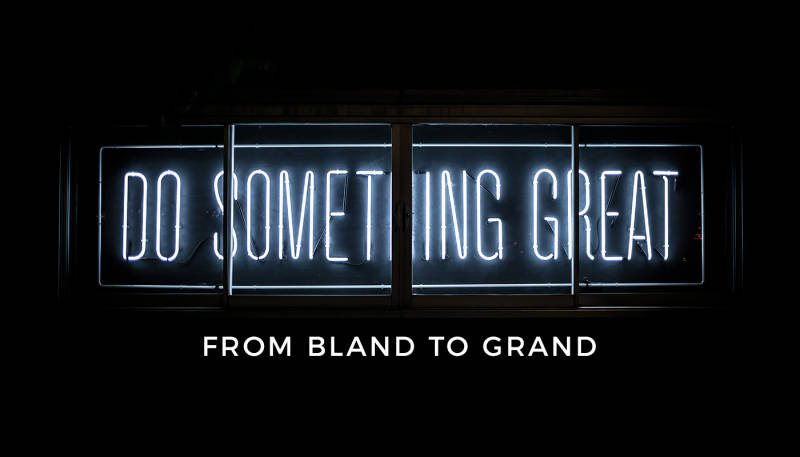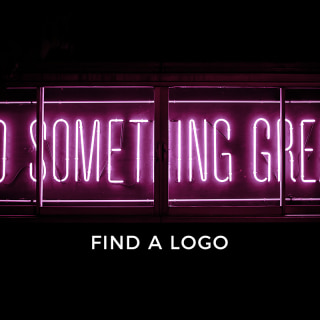Companies that have mastered brand recognition stand out thanks to a special character or exceptional features. No matter the size of your business, it’s important to keep this in mind when planning your marketing strategies.
Your “brand” distinguishes you from your peers, and it helps you stick in the memory of customers. For your Shop, this leads to improved success and customer retention. This is some pretty important stuff, so check out our first installment of a new three-part series on the art of branding.
What can be achieved with a brand?
A brand is more than a logo or tagline – it’s an individual character. It’s not so much a matter of asking “what kind of brand do I want my shop to be.” It’s more of a discovery and emphasis on what makes you and your ideas unique and special. It’s your “brand essence” that will intrigue customers, both new and returning. A consistent brand strategy can even help reduce advertising costs while still establishing long-lasting trust in your target audience.
How can you turn yourself into a brand?
Buyers look at the personality of a brand. The rougher the edges, the more likely they are to like it. A brand can be funny, intelligent, confident and empathetic – your brand answers the needs and emotions of your customers. Apple, one of the most influential brands of our time, has set the pace. The company’s “Think different” campaign was aimed at their peer group: open-minded thinkers and creative people. The bitten apple has become a symbol of creativity, and those who simply want to look creative buy into it whole-heartedly.
Tobias, brand expert at Spreadshirt, explains:
 “The more you know your customers, the better you can address them with the right products. Don’t think that customers are just like you. At Spreadshirt, we are often surprised at what gets our customers going.”
“The more you know your customers, the better you can address them with the right products. Don’t think that customers are just like you. At Spreadshirt, we are often surprised at what gets our customers going.”
How can you learn to understand your customers?
Which customers might like and buy your ideas? Look at strangers who wear similar clothes to what you offer and ask yourself what else they might like. Where do they buy online? What would motivate them to buy such a design from your Spreadshop? You also shouldn’t be afraid to ask them directly! Use the information you obtain to create personas. A persona is a profile of a real or fictitious individual that you can use as a point of reference for your endeavors. Marketing departments of large companies rely on these personas to give their main target audience a face. More often than not, a persona helps you identify buyer types that you couldn’t think of before.
Below is an example of a canvas that represents the most important questions about personas:
You can download a canvas for your own use here.
“Based on your findings, try to invent three personas, complete with photo, name and characteristics of real people,” advises Tobias. “Stick them on a wall and be sure to make yourself aware of their differences regularly. Use new knowledge about customers to add to or update your personas.“
These customer details may seem insignificant, but every factor helps. Do you have more men or women shopping with you? Are they 20 or 40 years old? What are they interested in, and what is important to them? You can collect data on your own website or blog (creating a survey via SurveyMonkey or Google Forms would do the trick). Take note of the preferences of your shoppers. You can also find sales statistics in your User Area at Spreadshirt, and you can rely on the analysis tools on Facebook and other social media sites.
How can I take action?
Having obtained these first pieces of vital information, you’ve taken an important step towards filling your brand with life. You can adjust your writing style accordingly to properly address your page visitors. What’s more, you can get an idea of the topics and designs your buyers might enjoy.
One important note: knowing the proper channels to target these individuals will help to shift attention to your Shop.
What’s next? Big brands don’t want to address everyone; they’ll concentrate on a certain group by staying true to their values. In our next article, we’ll discuss those ideas, and we’ll define values that will help you create your brand identity.
What do you think of your Shop as a brand? Have you always had a certain audience in mind? Let us know about your thoughts on brand identification in the comments below.





That is indeed a usefull mindset for designers, support.
On the other hand, shopowners find it difficult to focus visitors to they’re designs. It’s like the interested visitor constantly has to fight not te be redirected to the higher spreadshirt platform.
It’s difficult that way to give feedback to the brand, created by the fesigner.
In what way do you mean this? The spreadshirt logo is nowhere to be found on your shop page….
Thanks for this very useful article. Spreadshirt needs to support us more in branding our products. This also includes product labelling. Now everything comes with Spreadshirt tags. I believe they need to be even less prominent and leave more space for custom branding, so that the customers can better identify with the brand. Cheers